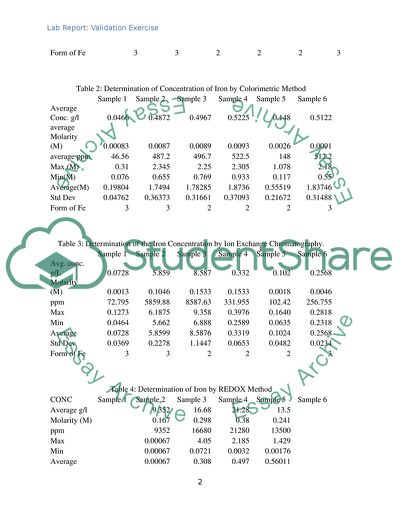Cite this document
(Validation Exercise in the Measurement of Iron Lab Report - 1, n.d.)
Validation Exercise in the Measurement of Iron Lab Report - 1. https://studentshare.org/chemistry/1789286-validation-exercise-in-measurement-of-iron-method-in-lab-analysis
Validation Exercise in the Measurement of Iron Lab Report - 1. https://studentshare.org/chemistry/1789286-validation-exercise-in-measurement-of-iron-method-in-lab-analysis
(Validation Exercise in the Measurement of Iron Lab Report - 1)
Validation Exercise in the Measurement of Iron Lab Report - 1. https://studentshare.org/chemistry/1789286-validation-exercise-in-measurement-of-iron-method-in-lab-analysis.
Validation Exercise in the Measurement of Iron Lab Report - 1. https://studentshare.org/chemistry/1789286-validation-exercise-in-measurement-of-iron-method-in-lab-analysis.
“Validation Exercise in the Measurement of Iron Lab Report - 1”. https://studentshare.org/chemistry/1789286-validation-exercise-in-measurement-of-iron-method-in-lab-analysis.


